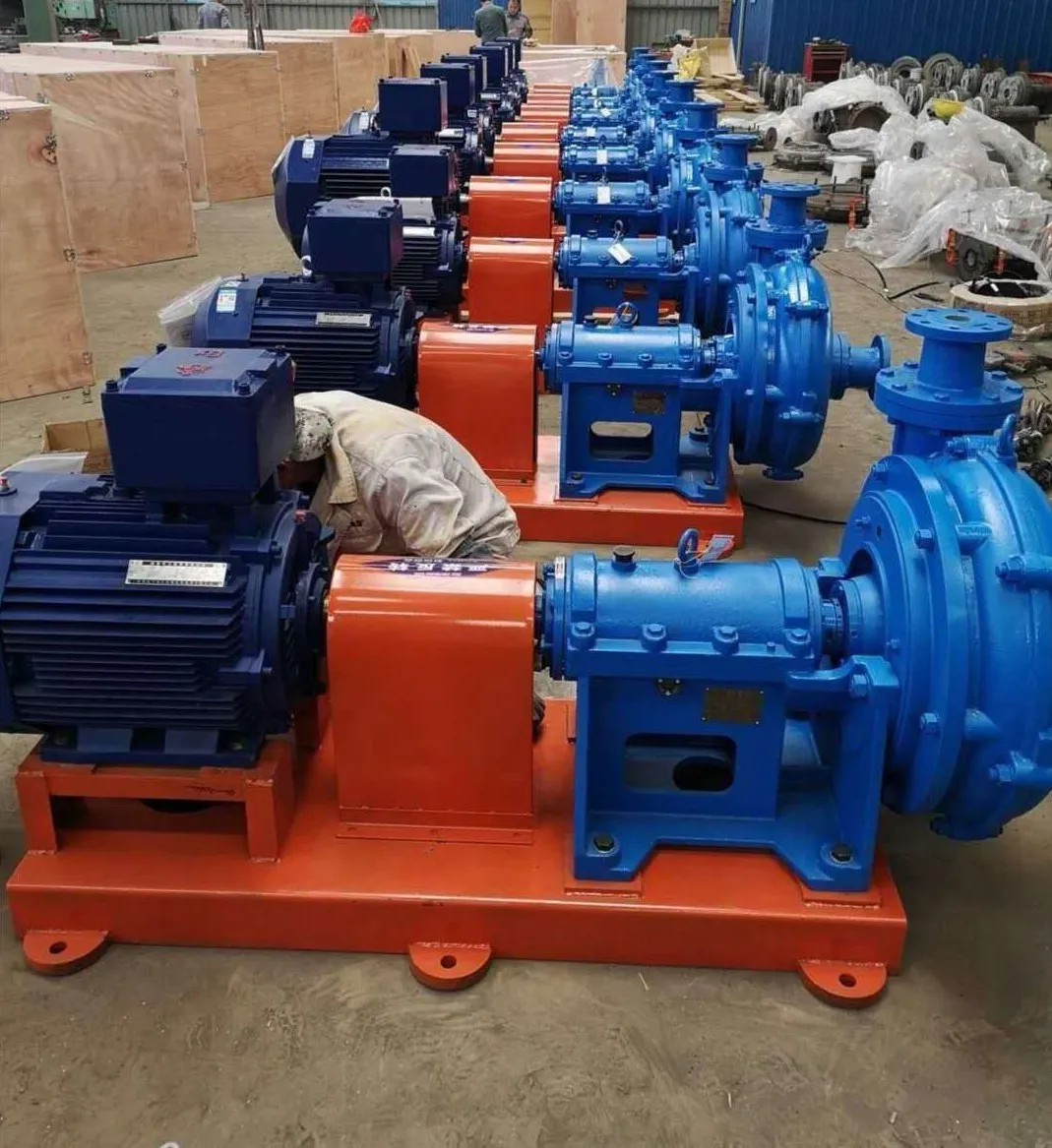Sesotho
- Afrikaans
- Albanian
- Amharic
- Arabic
- Armenian
- Azerbaijani
- Basque
- Belarusian
- Bengali
- Bosnian
- Bulgarian
- Catalan
- Cebuano
- Corsican
- Croatian
- Czech
- Danish
- Dutch
- English
- Esperanto
- Estonian
- Finnish
- French
- Frisian
- Galician
- Georgian
- German
- Greek
- Gujarati
- Haitian Creole
- hausa
- hawaiian
- Hebrew
- Hindi
- Miao
- Hungarian
- Icelandic
- igbo
- Indonesian
- irish
- Italian
- Japanese
- Javanese
- Kannada
- kazakh
- Khmer
- Rwandese
- Korean
- Kurdish
- Kyrgyz
- Lao
- Latin
- Latvian
- Lithuanian
- Luxembourgish
- Macedonian
- Malgashi
- Malay
- Malayalam
- Maltese
- Maori
- Marathi
- Mongolian
- Myanmar
- Nepali
- Norwegian
- Norwegian
- Occitan
- Pashto
- Persian
- Polish
- Portuguese
- Punjabi
- Romanian
- Russian
- Samoan
- Scottish Gaelic
- Serbian
- Sesotho
- Shona
- Sindhi
- Sinhala
- Slovak
- Slovenian
- Somali
- Spanish
- Sundanese
- Swahili
- Swedish
- Tagalog
- Tajik
- Tamil
- Tatar
- Telugu
- Thai
- Turkish
- Turkmen
- Ukrainian
- Urdu
- Uighur
- Uzbek
- Vietnamese
- Welsh
- Bantu
- Yiddish
- Yoruba
- Zulu
Telephone: +86 13120555503
Email: frank@cypump.com
Nov . 16, 2024 18:09 Back to list
septic tank pumps cost
Understanding the Costs of Septic Tank Pumps
Septic tank systems are essential for managing wastewater in areas where municipal sewage systems do not exist. They help to treat and dispose of waste while minimizing environmental impact. However, these systems require maintenance, and one crucial aspect is the septic tank pump. Understanding the costs associated with septic tank pumps is vital for homeowners to budget appropriately and maintain the health of their septic systems.
What is a Septic Tank Pump?
Septic tank pumps are used to move wastewater from the septic tank to the drain field or other disposal areas. They are particularly important in systems where gravity alone cannot transport the waste. There are different types of pumps, including effluent pumps, sewage pumps, and grinder pumps, each designed for specific functions based on the system's needs. The type of pump you require will directly impact the cost.
Factors Affecting the Cost of Septic Tank Pumps
The cost of septic tank pumps can vary significantly based on several factors
1. Type of Pump The type of pump you need will largely determine the cost. Effluent pumps, for example, can range from $100 to $300, while grinder pumps, which are designed to handle solids and can cost between $500 and $2,000, will be more expensive due to their complexity and durability.
2. Brand and Quality Like most appliances, the brand and quality of the pump play a crucial role in pricing. Well-known brands that offer reliable warranties and service may cost more upfront but can save money in the long run due to their durability and lower maintenance needs.
3. Installation Costs In addition to the pump itself, installation is a significant part of the overall cost. Hiring a professional to install a septic tank pump can range from $200 to $500, depending on the complexity of the installation and local labor rates. DIY installation may save money but requires knowledge and expertise to ensure proper function.
4. Maintenance Regular maintenance is essential for the longevity of the pump and the septic system as a whole. Maintenance costs can include periodic inspections and servicing, which might cost around $100 to $300 annually. Neglecting maintenance can lead to costly repairs or system failures.
septic tank pumps cost

5. Permitting and Regulations Certain areas may require permits for septic system installations or repairs, which can add to the overall cost. Homeowners should consult local regulations to understand any potential additional expenses.
Lifespan and Replacement Costs
The lifespan of a septic tank pump typically ranges from 5 to 15 years, depending on usage, maintenance, and the quality of the pump. As pumps age, they may require repairs or replacement. The cost of replacement pumps varies, but homeowners should anticipate a budget of $1,000 to $3,000 for a new pump, including installation.
Tips for Managing Costs
1. Regular Inspections Schedule regular inspections by a licensed professional to identify potential issues before they become significant problems. Early detection can help avoid costly repairs or replacement.
2. Proper Usage Be mindful of what goes into your septic system. Avoid flushing non-biodegradable items and limit the use of harsh chemicals, which can harm the pump and system.
3. Consider Upgrading If your pump is nearing the end of its life, consider upgrading to a more efficient model that could save money on energy costs and reduce the risk of breakdowns.
Conclusion
Investing in a septic tank pump is a crucial component of maintaining a healthy septic system. By understanding the costs involved and considering factors such as the type of pump, installation, and maintenance, homeowners can effectively manage their budgets and ensure the longevity of their septic systems. Regular inspections and proper usage will also contribute to cost savings over time, ensuring that your septic system functions effectively for years to come.
-
ISG Series Vertical Pipeline Pump - Chi Yuan Pumps Co., LTD.|High Efficiency, Low Noise, Durable
NewsAug.02,2025
-
ISG Series Vertical Pipeline Pump - Chi Yuan Pumps | High Efficiency, Low Noise
NewsAug.02,2025
-
ISG Series Vertical Pipeline Pump- Chi Yuan Pumps Co., LTD.|High Efficiency&Compact Design
NewsAug.02,2025
-
Heavy-Duty Mining Sludge Pumps - Wear-Resistant Slurry Handling
NewsAug.02,2025
-
Horizontal Split Case Pump with GPT-4 Turbo | High Efficiency
NewsAug.01,2025
-
ISG Series Pipeline Pump - Chi Yuan Pumps | High Efficiency, Durable Design
NewsAug.01,2025










